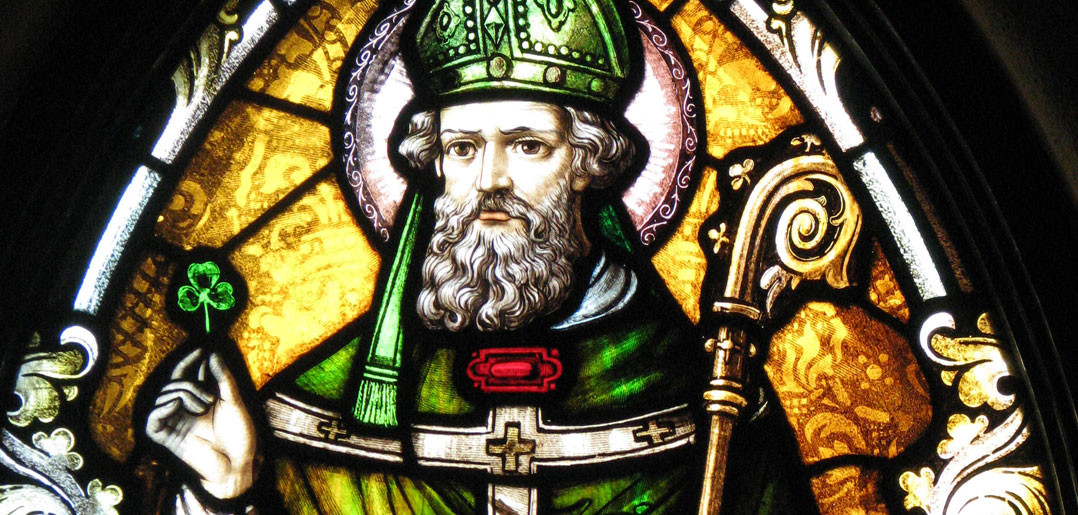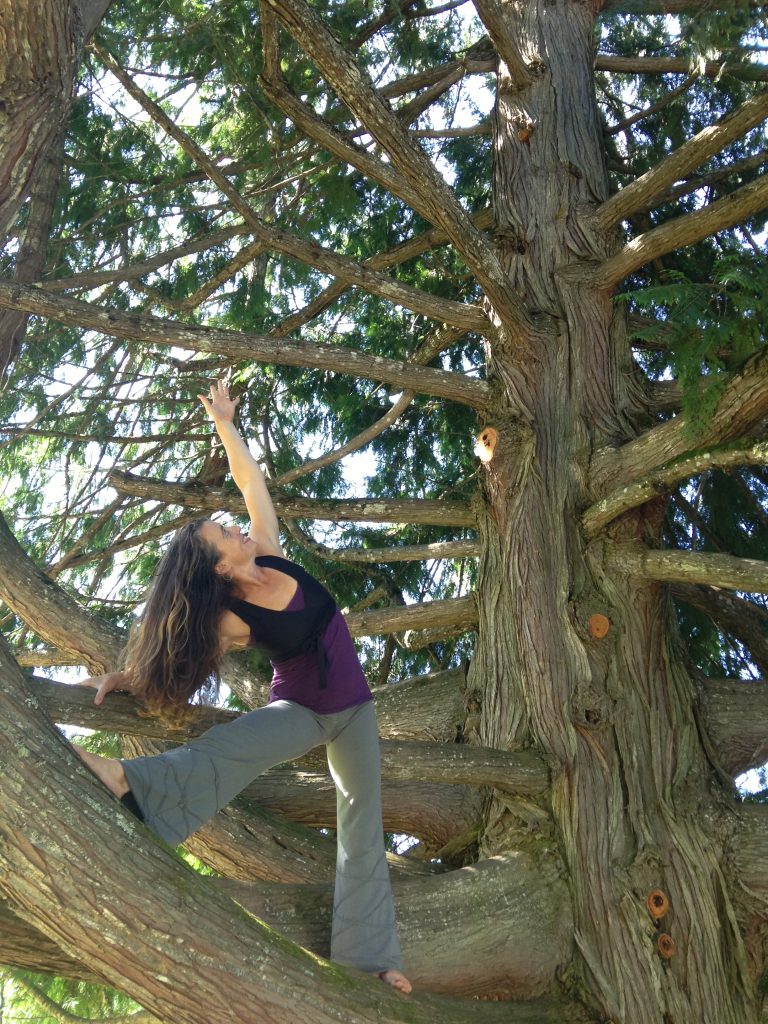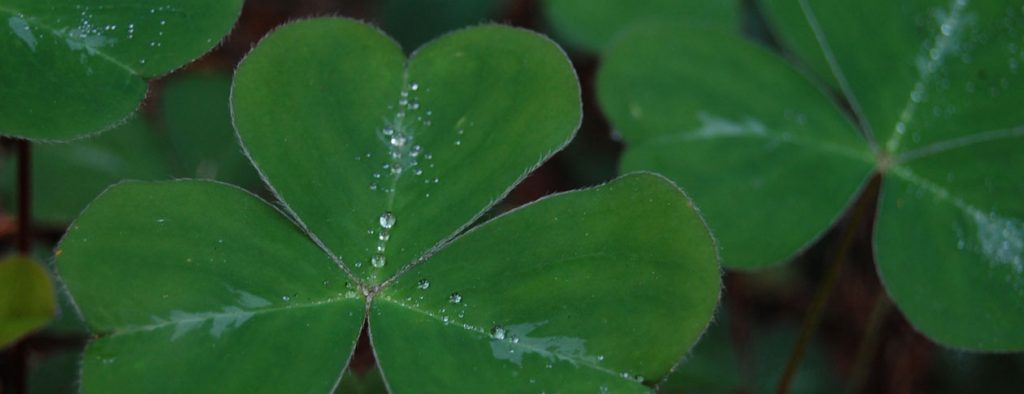You don’t have to be Irish (or part Irish like me) to celebrate St. Patrick’s Day on Friday, March 17. We love any occasion focusing on things that are green!
March 17 is the date of St. Patrick’s death. Yes, he was a real person. For many years St. Patrick’s Day was a serious religious holiday in Ireland, honoring the man who converted Ireland to Catholicism and who also reportedly “drove the snakes out of Ireland.”
This is a historical headscratcher, because there are no snakes native to Ireland. Some historians now believe “snakes” refers to the ancient Pagans, especially the Druids who practiced the dominant spiritual belief in Ireland before the arrival of Christianity.
Other historians say this isn’t true, because the Druids co-existed peacefully with the Catholic Church for several hundred years. St. Patrick and other Catholic priests recorded many of the stories and myths from the oral tradition of the Druids to preserve their history. St Patrick also recorded all of the old Druid laws in Ireland, providing us with invaluable information on pre-Christian Celtic culture.
There are modern-day Druids who follow the old Druid ways in Ireland and Wales. Druids share a fundamental belief in the spirituality of all things, and it welcomes diversity even in religious views. The most important focus is in Nature. All Druids believe Nature is sacred or divine. Every part of nature has a role in the web of life. Druids respect all creatures. No creature has supremacy over another including human beings. We are just one part of the wider living family on Earth.
In a book called “The Sacredness of Nature,” writer Phil Ryder says “within Druidry, Nature is considered to be unconditionally sacred and an expression or manifestation of deity and divinity.” Many Druids are animists, that plants, animals, and even certain inanimate objects have souls. Some Druids consider animals and plants to be members of their “tribe.”
Among many Druids, there is a system of tree lore. Different species of trees have different characteristics including moods, actions, roles, phases of life, and ancestors. It’s not so difficult to understand why ancient people would see very different looking trees and imagine them to have different personalities. Picture a huge Irish Oak tree compared to a more delicate deciduous tree like a willow, like a huge bodybuilder next to a ballet dancer.
Druids also believe there is far more to life than we can see, and believe in the existence of an “Otherworld,” a realm beyond the physical senses but is still completely real.
There is a modern Druid movement which still respects nature like the ancient Druids did. Today, many Druids participate in the environmental protection movement. If you visit the activist website EcoPagan.com, you will read about support for environmental causes and a focus on Earth Day as a way to spread their message.
Some may read what the website has to say and think, “Nut cases.” I read it and think, “Isn’t this just another way to describe the concept of biophilia?” For example:
“The web of life includes strands that tug on our hearts, thread through our essential nature, and weave us into a spiritual whole. As part of the body of life on Earth, we care about the health of all parts of the body. Many human activities destroy parts of the body, and we recoil at them. Cutting down a rainforest is no different from cutting off a healthy leg or arm. In fact, these are even more vital than our arms and legs, because these forests are part of our planetary lungs. Similarly, we care about our waters, our land, our air, and our diverse biosphere. We do so out of respect for our ancestors, out of care for all life today, and out of love for future generations. Anything that harms the body of life on Earth, including global warming, pollution, and extinction, is thus a spiritual and moral issue.
We are part of Earth, and Earth is part of us.”
The Celtic Druids attached much significance to the clover or shamrock, because they believed the number three to be a perfect number possessing a mystical power. The shamrock represents the Holy Trinity, and also signifies past, present and future. Through its symbolism, the shamrock has paved a path to Irish glory.
So while we don’t normally get quite so “heavy” in our blog, and while it might be the last thing you expected to read on the St. Patrick’s Day theme, we’d like you to give a thought to your biophilic connection to all things green and growing on St. Patrick’s Day. We don’t care if you give a toast to biophilia with your green beer. Like the Druids, Good Earth Plant Company is all about natural diversity in all things! Slainte!




